For those who are intrigued by gardening but lack a spacious outdoor area, or for those weary of battling pests and weeds, hydroponic gardening offers an ideal alternative. This guide delves into the intriguing realm of hydroponics, providing insights on cultivating plants soil-free.
What is Hydroponics Gardening?
Hydroponic gardening is a technique for cultivating plants without soil. In this method, plants are nurtured in a solution rich in nutrients, supplying all the essential minerals and elements required for robust growth. Hydroponics enables plants to develop more rapidly and yield more abundantly than conventional soil-based horticulture.
Why Choose Hydroponics Gardening?
There are several advantages to choosing hydroponics gardening:
- Water Efficiency: Hydroponics systems use up to 90% less water compared to traditional gardening methods.
- No Weeds: Since hydroponics gardens are soil-free, there is no need to worry about weeds taking over your plants.
- No Pests: Without soil, many common garden pests are unable to survive, reducing the need for pesticides.
- Year-Round Gardening: Hydroponics systems can be set up indoors, allowing you to grow plants year-round regardless of the weather outside.
Getting Started with Hydroponics
Here are the basic steps to get started with hydroponics gardening:
1. Choose a Hydroponics System
Numerous hydroponics systems are available, such as the nutrient film technique (NFT), deep water culture (DWC), and ebb and flow systems. Investigate each to decide which best fits your requirements and spatial limitations.
2. Select the Right Plants
Certain plants are better suited for hydroponic gardening. Beginners often find success with leafy greens, herbs, and tomatoes. It's best to select plants that flourish in water-based environments.
3. Provide Adequate Lighting
Hydroponic gardens, typically established indoors, necessitate proper lighting for plant health. LED grow lights are favored for their energy efficiency and the appropriate light spectrum they emit for plant development.
4. Monitor and Adjust Nutrient Levels
It's important to consistently check the nutrient levels in your hydroponics system and adjust them when necessary. Imbalances or deficiencies in nutrients can impact the growth and health of your plants.
5. Maintain Proper pH Levels
The pH level of the nutrient solution is crucial for plant health. Most plants thrive in a slightly acidic pH range of 5.5 to 6.5. Use a pH testing kit to monitor and adjust the pH levels accordingly.
6. Harvest and Enjoy
When your plants have fully matured, it's the perfect moment to harvest and savor the results of your hard work. Timely harvesting is key to maximizing flavor and nutritional benefits.
Hydroponic gardening presents an innovative and effective method for cultivating plants soil-free. It's an engaging and productive pastime, suitable for novices and seasoned gardeners alike. Consider embarking on the hydroponic journey and begin nurturing your own garden today.
Note:
Exercise caution with plant selection for hydroponic gardens to avoid potential root rot issues.
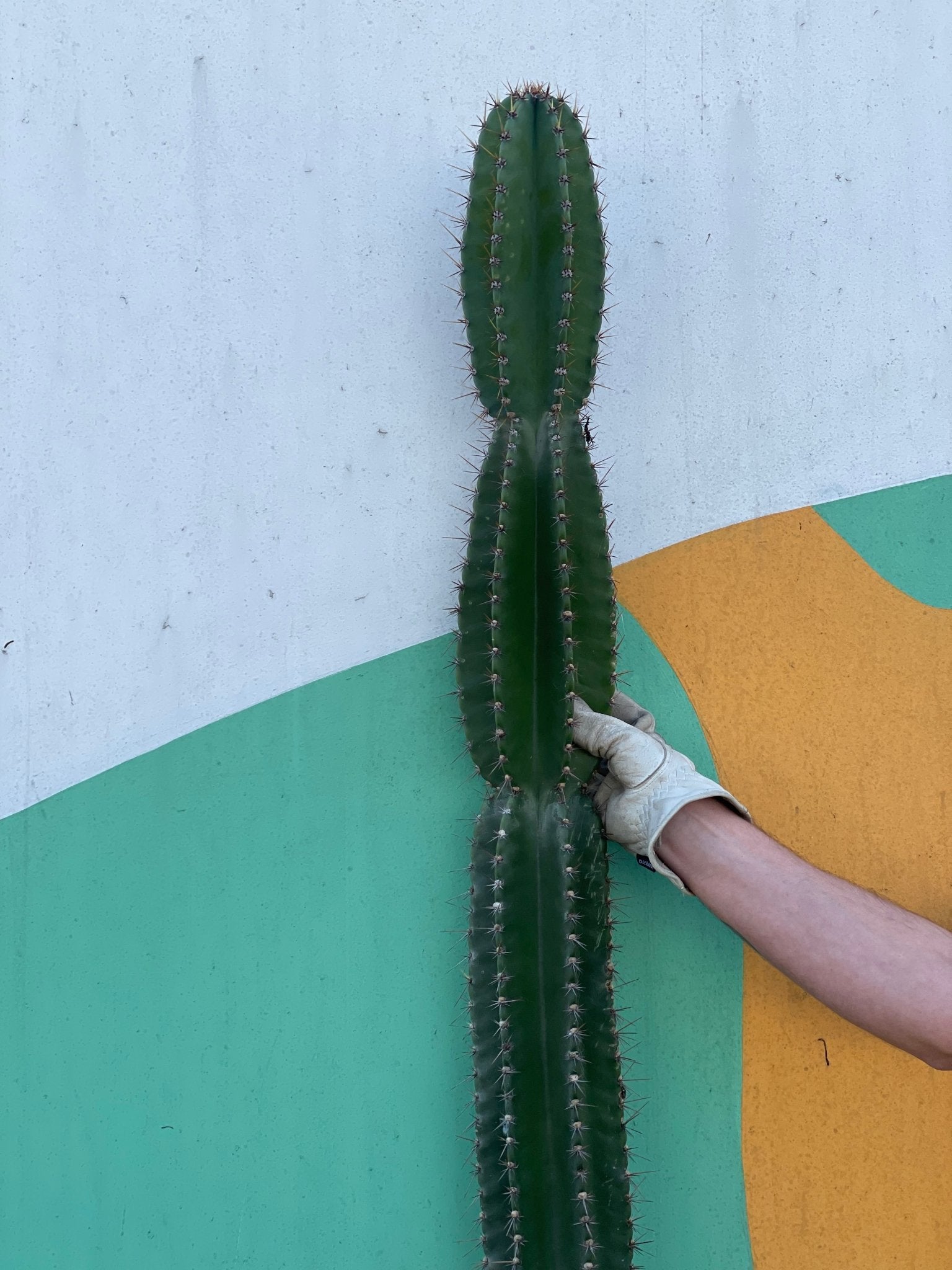
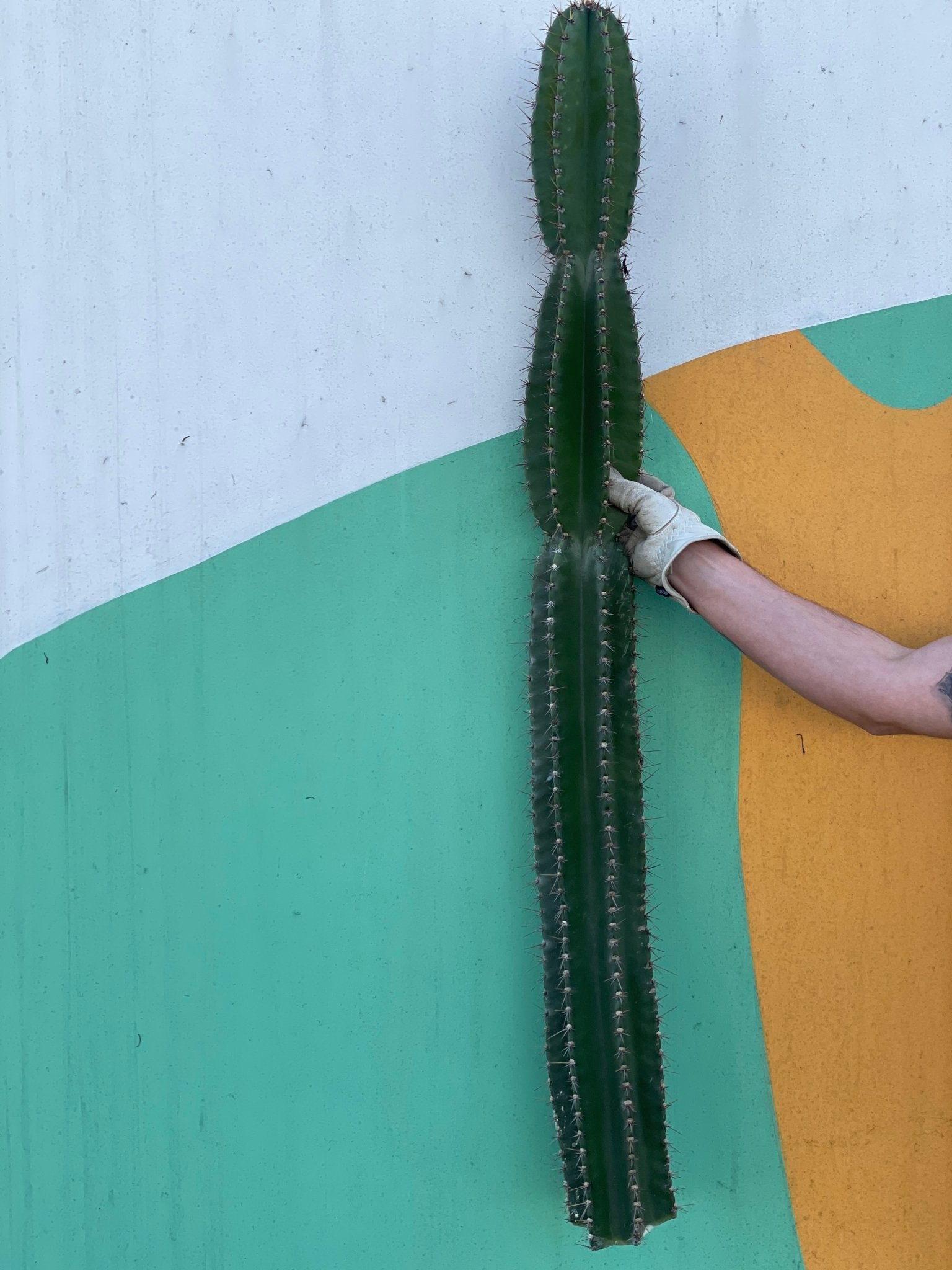
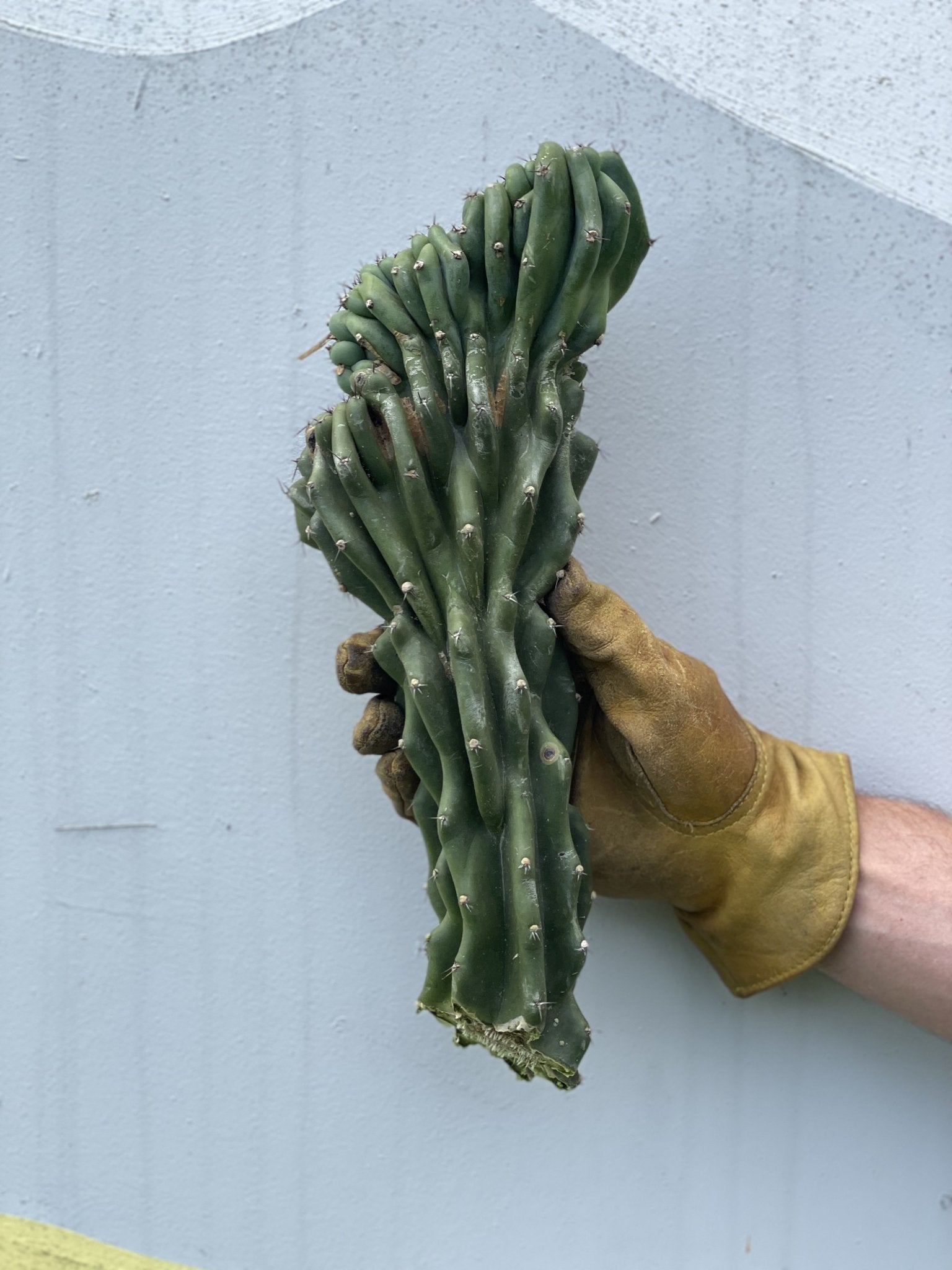
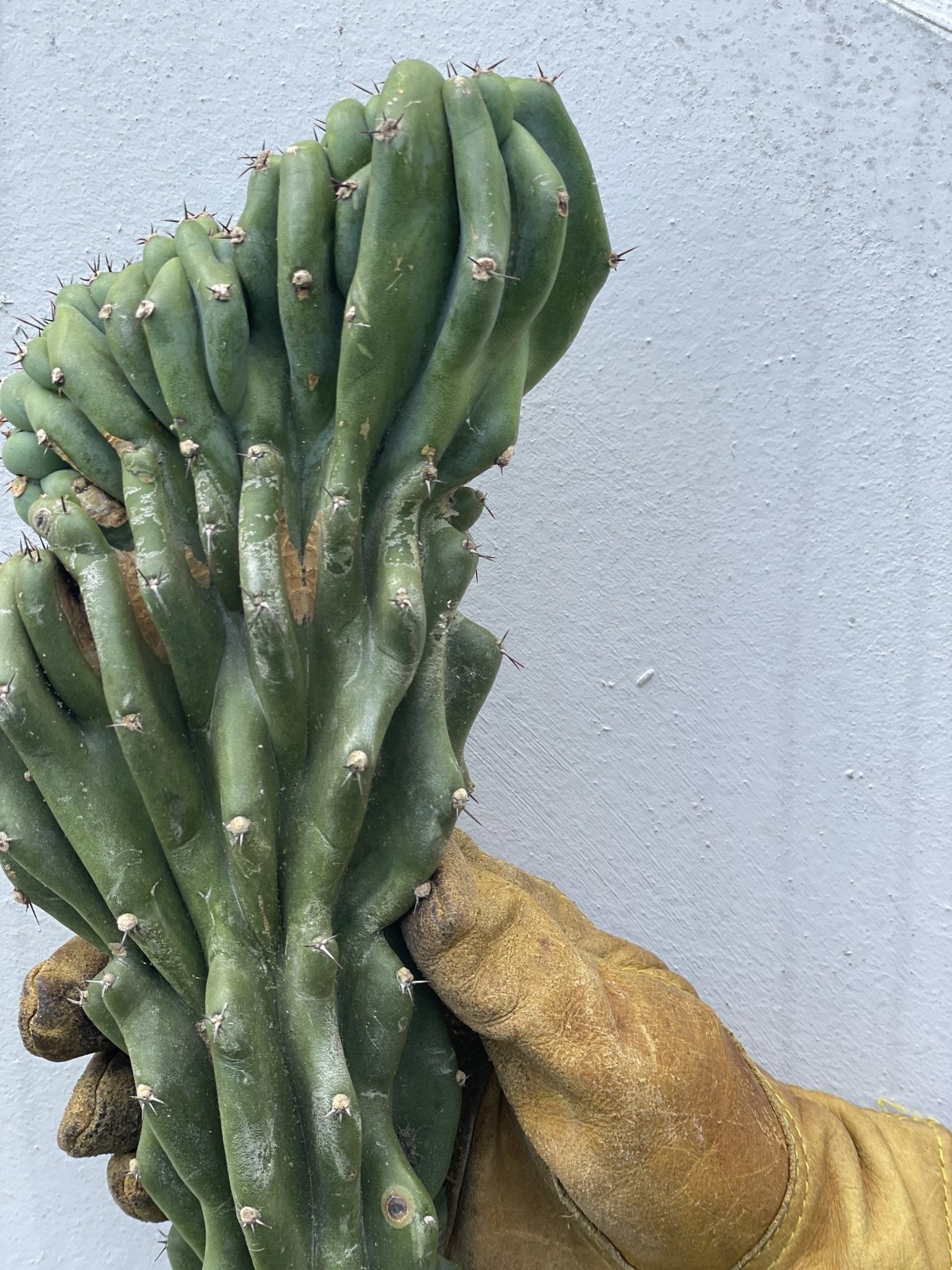


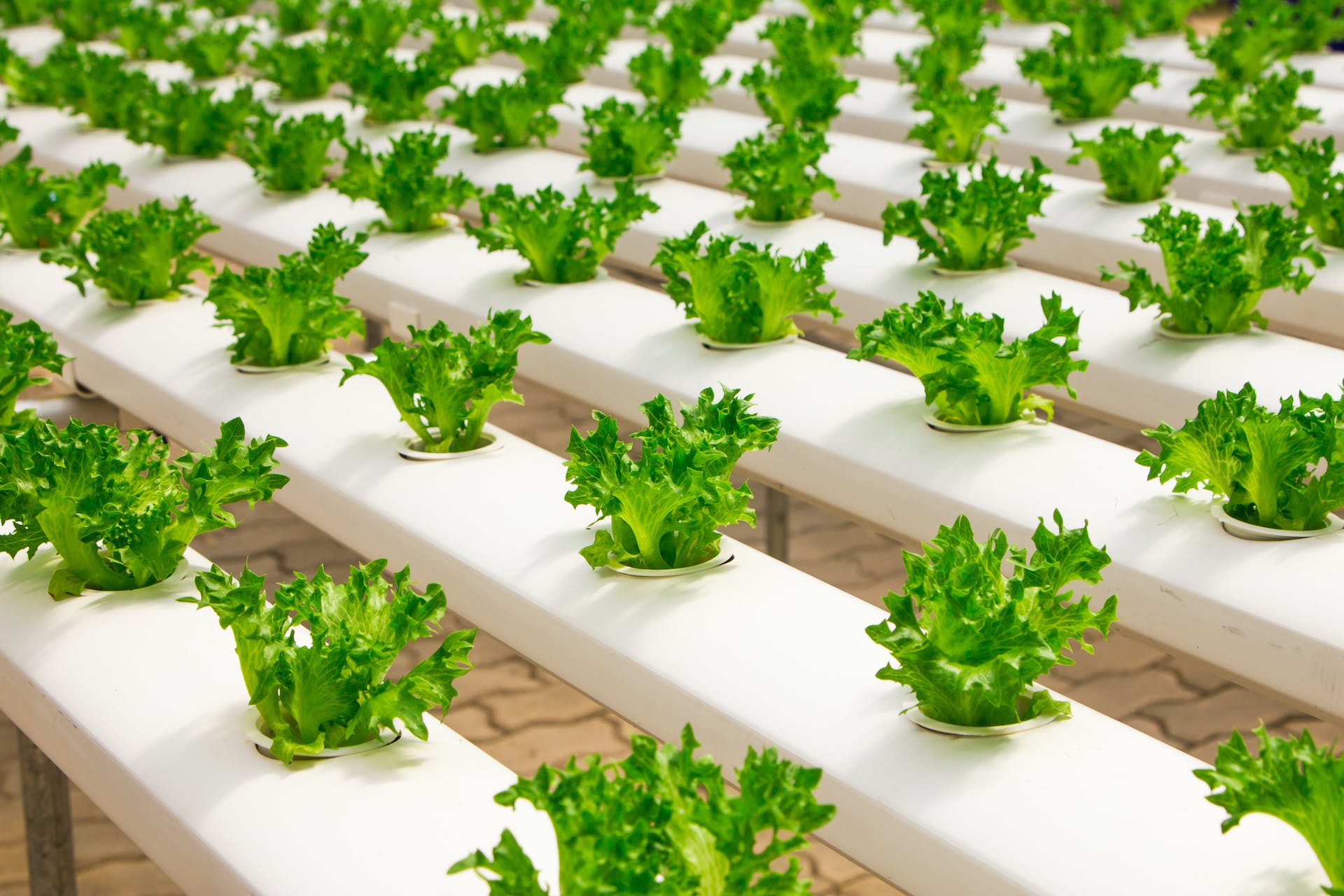
Leave a comment